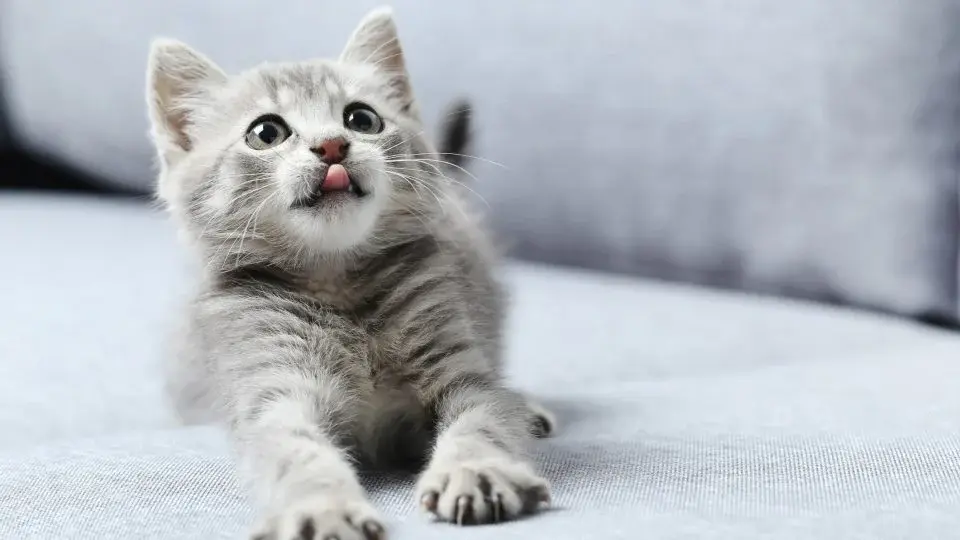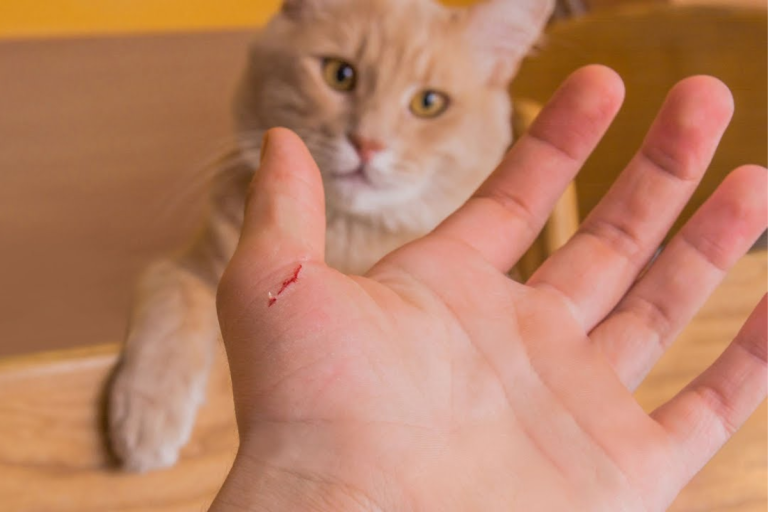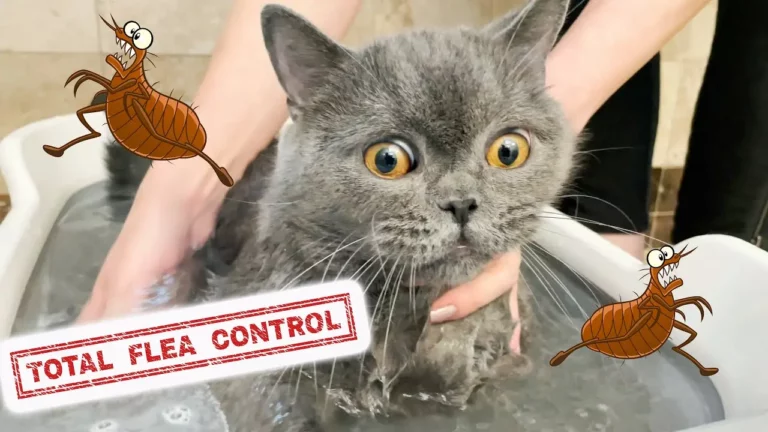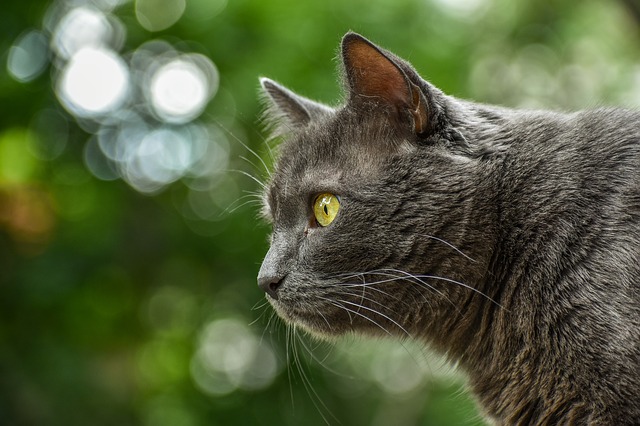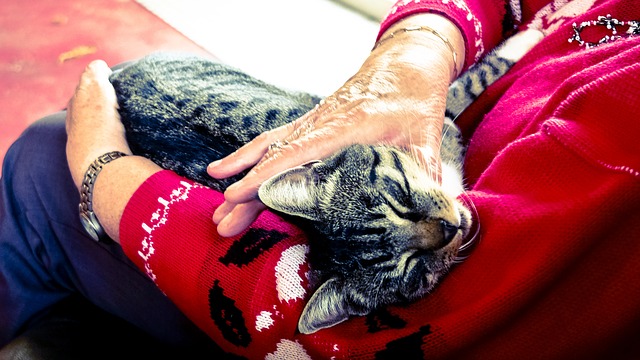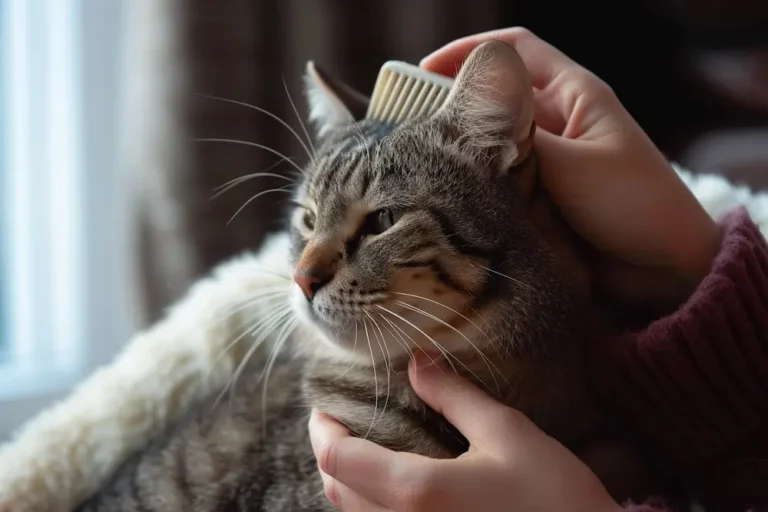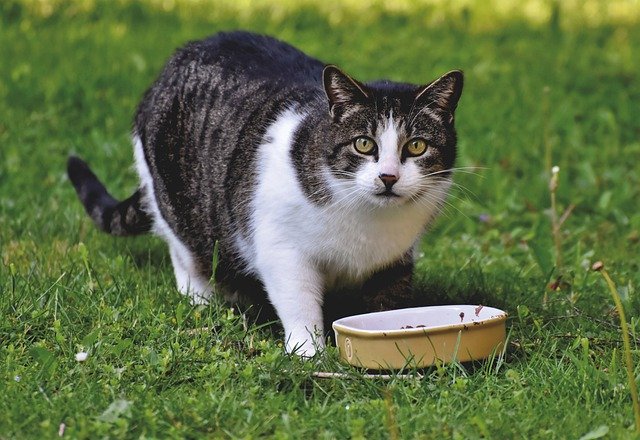Easy Guide to Trimming Overgrown Thick Cat Claws at Home
As any
Overgrown and thick claws can turn a sweet moment of petting into a painful experience.
For our feline friends, improperly maintained claws can lead to a host of issues, from snagging on carpets to more severe health concerns.
Let’s jump into why keeping those claws in check is crucial for your
Recognizing Overgrown Claws
Overgrown claws are more than just an inconvenience; they can be a clear sign of discomfort for your
I’ve gathered some key indicators that tell me when it’s time for a claw check-up.
First off, I listen for the sound of their claws clicking on hard surfaces. This is a dead giveaway that those nails have grown too long.
It’s something I’ve noticed, especially with my indoor cats, who aren’t naturally wearing down their claws through outdoor activities.
Another sign is when my
I also take a visual inspection seriously.
An overgrown claw curls downward and can sometimes grow back into the pad, causing pain and possibly infection.
It’s one of those sights that immediately tells me my
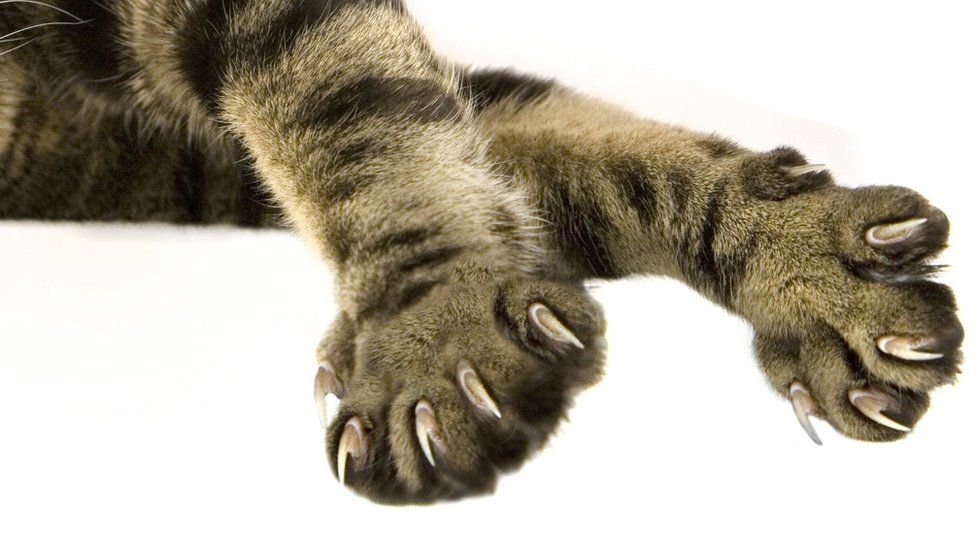
Plus, if my
Finally, behavior changes are a big indicator. If my
This is particularly common in older cats who might not be as active and can’t naturally maintain their claw length.
What Causes Overgrown Cat Claws?
In my journey as a
It’s not just about their age or lifestyle; it’s a mix of elements that can lead to sharp, uncomfortable nails that need more attention than we might think.
No Physical Activity
Lack of physical activity plays a huge role.
I’ve noticed that indoor cats are particularly prone to overgrown claws. They simply don’t get the same natural wear and tear on their nails that outdoor cats do.
No Outdoor Activities
Climbing trees, walking on rough surfaces, and other outdoor activities naturally help keep their claws in check.
But my couch potato kitties?
Not so much. They need a bit more help from me to keep their claws at a healthy length.
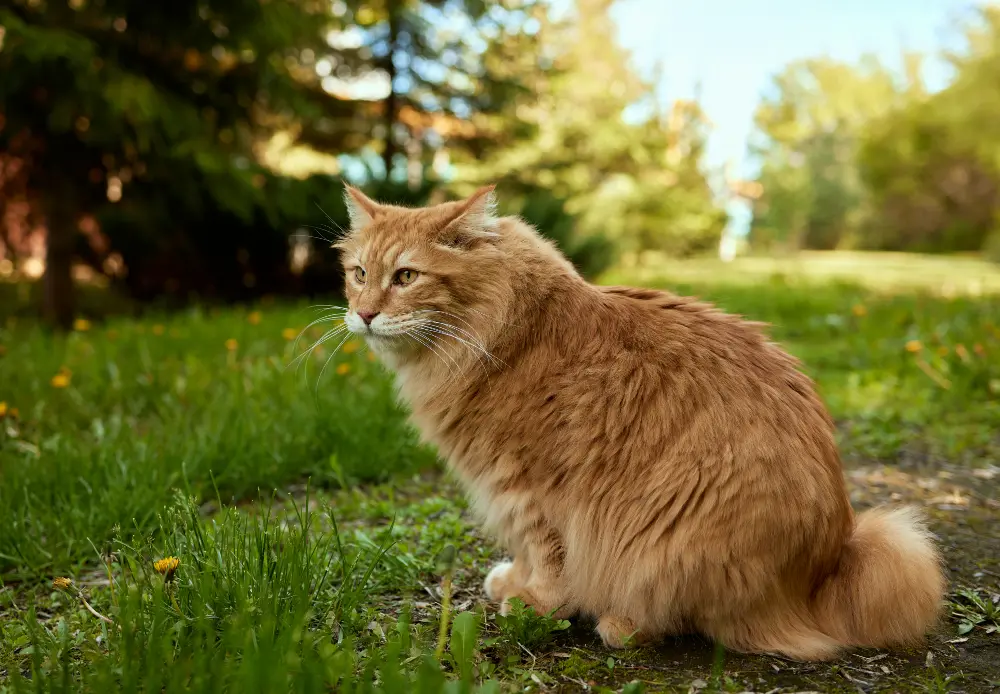
Age
Age is another critical factor.
Kittens and senior cats are at opposite ends of the spectrum but face similar issues.
Kittens’ claws don’t shed as easily, leading to buildup and overgrowth.
On the other hand, senior cats may become less active or suffer from arthritis, making it difficult for them to maintain their claws.
I’ve seen firsthand how my older
Genetics
Finally, there’s the genetic and health aspect. Some cats, regardless of their lifestyle or age, just tend to have faster-growing nails.
Or, if they’re overweight or have other health issues, they might not groom as effectively, leading to overgrown claws.
A combination of these factors can lead to overgrown, thick
Keeping a close eye on their claws, providing them with adequate play and scratching posts, and regular grooming can make a world of difference.
Do Overgrown Claws Hurt My Cat ?
My
As I learned, overgrown claws are not just an aesthetic concern for cats—they’re a significant source of discomfort and potential pain.
Overgrown claws (also called hyperkeratosis) can curve inward, growing back into the paw pads.
This unnatural growth pattern doesn’t just make for an uncomfortable walk—it can lead to puncture wounds in the paw pads, a situation that’s as painful as it sounds.
Overgrown claws can also impact a
My
It’s akin to wearing ill-fitting shoes for a prolonged period—you just wouldn’t, right?
Also, the daily activities my
It’s heartbreaking to see your agile friend reduced to tentative steps because their tools—their claws—are no longer serving them as they should.
What To Do If Your Cat Has Overgrown Claws?
Discovering your
When I first noticed my
The first thing I did was get a proper claw trimmer. These are specially designed for pets, ensuring a safe and clean cut without splitting or damaging their nails.
Ensure precise and comfortable grooming for your small pets with Pet Boussa Cat Nail Clippers, featuring ergonomically designed non-slip handles and high-quality stainless steel sharp blades for durability and ease of use.
Ideal for cats, these lightweight clippers come with a satisfaction guarantee or your money back, making them a risk-free addition to your grooming toolkit.
I’d highly suggest not using human nail clippers as they’re not shaped correctly for a
Next, I made trimming sessions as stress-free as possible. I started by gently handling my
I’d press the pad gently to extend the claw and talk to my
It’s crucial to identify the transparent part of the nail, often referred to as the ‘quick’, which contains blood vessels and nerves. Cutting into it can cause pain, so always trim just the overgrown tip.
If you’re apprehensive about this, I’ve found that consulting a vet or a professional groomer the first few times can be incredibly helpful.
They can demonstrate the correct technique and give you confidence.
Sometimes, due to age or health issues like arthritis, cats might not naturally wear down their claws. This means more frequent checks and possibly more regular trimming sessions.
My senior
For those with cats who hide their paws or dislike being handled, creating a positive association with the process can make a massive difference.
I use treats and lots of praise during and after trimming to let my
How To Prevent Overgrown Claws?
Preventing overgrown claws in cats is quite manageable with a bit of attention and care.
The key is early and regular maintenance, which not only keeps their nails in check but also fosters a bond between me and my feline friends.
Here’s how I’ve managed to keep overgrown claws at bay.
Provide Scratching Posts
Cats naturally trim their nails through scratching.
By providing multiple scratching posts throughout the house, I encourage this natural behavior.
 SmartCat Ultimate Scratching Post â Beige, Large 32 Inch Tower
SmartCat Ultimate Scratching Post â Beige, Large 32 Inch Tower
Meet your cat's new best friend, the SmartCat Ultimate Scratching Post! Crafted with durable sisal fiber, this scratcher is built to withstand the mightiest of claws without the mess of snagged fabrics.
It's tall and strong, giving kitties of all sizes the perfect stretch spot. Say goodbye to claw marks on your furniture as your feline finds a healthier way to satisfy their scratching urges. And don't worry about a complicated setup; with just a couple of screws, you'll have it standing in no time. Plus, its modern, neutral design fits beautifully with your home decor.
Scratching posts made of different materials offer a variety of textures for my
Monitor Their Health
This step is particularly important for senior cats.
As they age, their claws can become thicker and more prone to overgrowth.
Regular health checks help me catch any issues early on.
For cats with arthritis or other health conditions that make regular trimming challenging, I’ve found that creating a calm environment and trimming while they are asleep can be less stressful for both of us.
Create a Positive Association
I always pair trimming sessions with treats and praise. Over time, this has helped my
Through these methods, I’ve been able to manage my
Regular monitoring and care have ensured that my
Wrapping Up
Tackling overgrown or ingrown
I’ve learned that a little love, coupled with some tasty treats, makes paw handling a breeze. So next time you notice your
Grab those pet-specific trimmers, set the stage for a calm session, and you’ll be surprised at how smoothly things can go.
After all, it’s these small acts of care that strengthen our bond with our pets, making every moment together even more special.
